Much like Australia’s climatic patterns, its solar industry seems to have gone from drought to deluge with industry reporting the panel market has been flooded with stock. “It’s created a bit of a false economy in the market because people are buying stock at prices that they’re not really supposed to, but because of where things are at people are desperate to clear stock,” Kosta Bourandanis, sales manager at solar wholesaler Supply Partners told pv magazine Australia.
“That’s a worry because if people are selling something for cheaper than it’s actually worth, they’re making no money,” Bourandanis said, noting this ultimately impacts the whole industry.
How we got here
The second half of last year saw China, the source of 80% of Australia’s solar equipment, rocked by an energy crisis at exactly the moment manufacturers were scrambling to secure critical materials and freight costs were skyrocketing. The volatility led to some manufacturers pricing their products afresh daily, causing widespread uncertainty.
“As a wholesaler, manufacturer or even retailer, trying to procure stock when you don’t really know what it’s going to cost makes it bloody hard to plan,” Bourandanis said. “Everyone loaded up last year in the fear they couldn’t access stock and now all the stocks they have ordered in the past are starting to land and its much more than the market needs.”
The unpredictability led to excess orders– or rather, orders in anticipation of what is typically the industry’s strongest period, the fourth quarter, which simply didn’t eventuate.
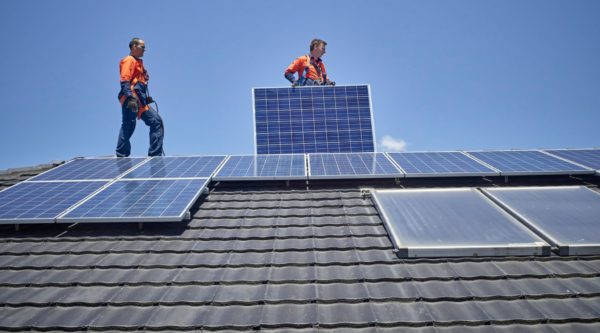
Image: Origin
“[There was] a fear of having no stock so [companies] shipped lots of stock here and also they planned for a big Q4, so that’s why the oversupply happened,” One Stop Warehouse’s head of product procurement and marketing, Andy Cheng, told pv magazine.
Both Supply Partners and One Stop reported a panel glut starting around December, January when the extra orders began to roll in from China.
Weak demand, bad weather exacerbate issue
Typically the beginning of summer sees an influx of solar orders, but the final months of 2021 did not see interest spike as much as normal. In fact, according to analysis by Sunwiz, October was the lowest point of a year which concluded in a significantly weaker position than 2020.
The first quarter of 2022, which tends to also be strong once the country has returned from Christmas holidays, held little relief. The market started off the slowest it’s been since 2019. “January was probably 40 to 50% down as a market compared to what people expected it to be,” Bourandanis said.
Of course, this meant the excess stock which was starting to flood the market simply couldn’t find homes.
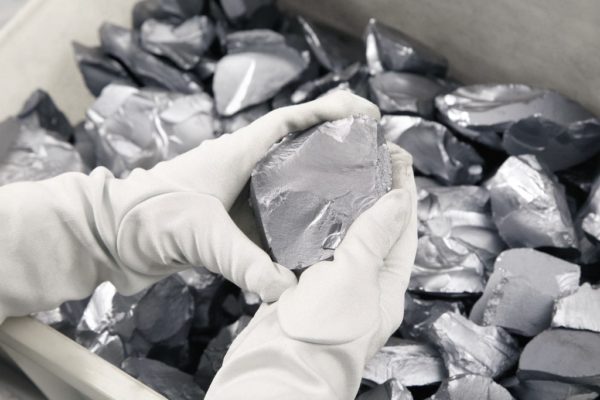
Daqo New Energy
This oversupply sat uneasily next to the reality of panel pricing which had indeed gone up between 20% – 25%. More expensive panels meant systems were retail for more, which Cheng noted was likely a contributing factor to the slowing residential market, since Australians in 2022 were typically paying $1000 more for the same system than their neighbour had the year before.
Compounding that was the fact that much of the country’s east coast was plagued by heavy rain and flooding from December on, making installs difficult to impossible.
As Cheng noted, in this same period prices for panels in Europe and the US were high and had freight costs been cheaper, these markets could have held offtake opportunities. But no such luck came our way, and Australia was forced to grappled with the oversupply internally. “We have to consume everything within Australia,” Cheng said.
A false economy
Which brings us to where we are today – in a “messy” and somewhat unhealthy pricing position where more expensive stock needs to be cleared, leaving reduced prices as the primary mechanism, according to Bourandanis.
“Prices of panels have theoretically gone up, but because there’s an oversupply it hasn’t been felt by the market yet,” Bourandanis said. “It was a sellers market and now it’s a buyers market.”
“It was surprising that it happened like it did,” he added. “I’ve been in the industry for 10 years and it’s never been like this.”

Solar Cutters
Cheng also noted this disparity, saying on the ground the Australian panel market hasn’t actually seen the prices hikes imposed by China.
Inverters and batteries on a different wave
In terms of supply, both Bourandanis and Cheng noted the situation is vastly different when it comes to batteries and inverters.
With home storage systems competing with (and often losing out to) the growing demand for electric vehicles for supplies critical battery materials, the storage market in Australia is plagued with long wait times.
Moreover, Tesla, LG and, according to Cheng, “everyone basically” hiked product prices considerably in the last months. For example, Tesla’s home battery system prices increased just shy of $1000 in 2022.
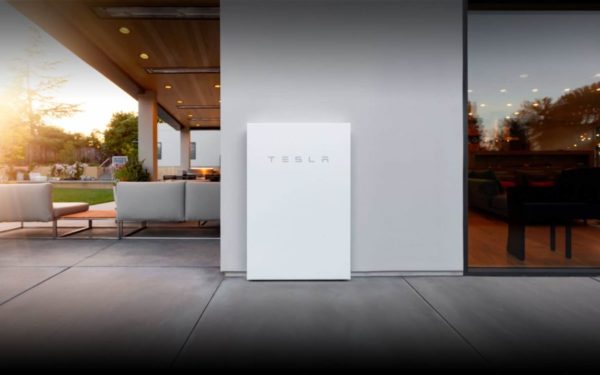
Image: Tesla
With Russia’s invasion of Ukraine, energy independence is front of mind in Europe which is driving demand for storage as well as solar there. Obviously manufacturers tend to prefer markets where they can fetch higher prices and have guaranteed sales, leading Cheng to the conclusion that growth there might also be influencing the lack of batteries reaching Australian shores.
Bourandanis said Supply Partners is also grappling with the issue, with lead times between three to six months, meaning companies are forced to order for a market they really have no idea about.
In terms of inverters, shortages prevail there too – though this time for microchips. This isn’t a new issue and has been floating around since the beginning of 2021. Cheng said it is however impacting supplies of inverters and pushing out leads times, especially for European brands like Australia’s favourite, Fronius, by many months.
And as Solarquotes reported today, where the bloody hell are Australia’s IQ8 Enphase microinverters?! Cheng believes the product’s delayed launch may be linked to chip shortages, which could also impact the rollout of Italian brand Fimer’s new products here too.
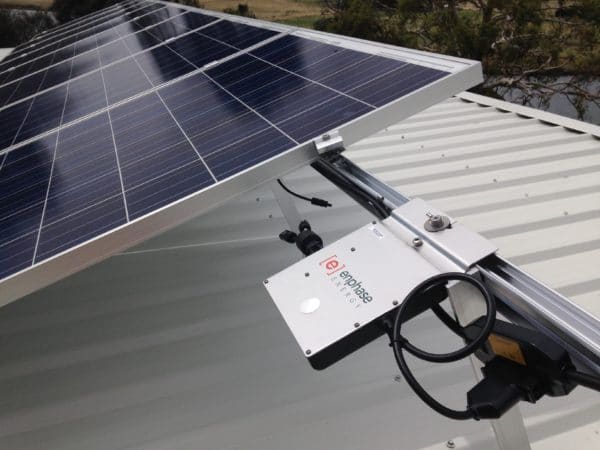
Image: Mode Electrical
Cheng said the current lead times for key inverters are sitting around 12 to 20 weeks, but are significantly more for European brands.
When asked if the uncertainty around batteries and inverters could again cause a glut, Cheng said it seems unlikely. “People now are probably more mature about the current situation and with the overall market dropping, they will probably be more cautious about how many products they bring into this country.”
What now?!
The panel oversupply crisis is already easing, Cheng said, as fewer panels were imported in the first quarter eating up excess. “We believe the price will stabilise, the supply will stabilise in that there won’t be too much stock coming to Australia because other regions need panels,” he said.
“The other side of that is Australia is not a huge market, so filling Australian demand is not that hard.”
He does, however, think global events might continue to put a strain on the outlook in Australia. The US is currently looking into solar panel imports from Chinese companies working in Cambodia, Malaysia, Thailand and Vietnam, which has caused alarm in the industry there.
This could boost the popularity of premium panel brands like those made in Germany, Korea and Singapore. Panels are already fetching better prices in the US market, with Cheng estimating they’re between 50% – 80% higher. “Definitely the real premium will go to US,” he said, which could see Australian struggle to secure supplies and further our dependence on China.
The overall market in Australia is also looking fairly bleak, with consumer confidence slumping. While this isn’t specifically a solar issue, it suggests the market might not rebound with consumers unlikely to make big investments.
Moreover, the federal election is just around the corner which Bourandanis believes will again depress demand as people “wait and watch” to see what happens with the country’s contentious environmental policies.
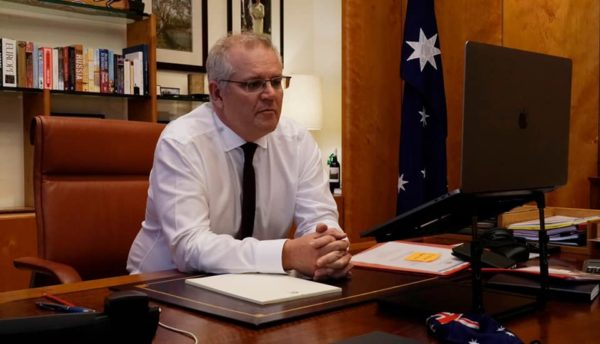
Image: Facebook
This content is protected by copyright and may not be reused. If you want to cooperate with us and would like to reuse some of our content, please contact: editors@pv-magazine.com.
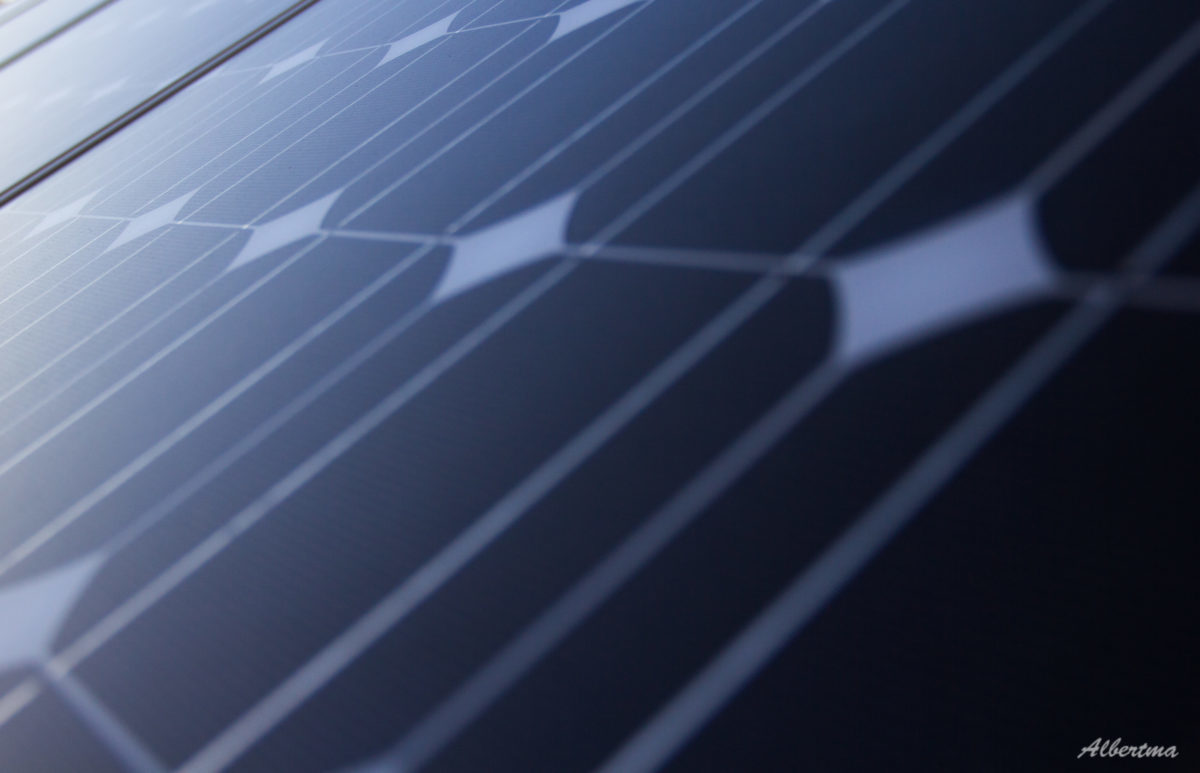








5 comments
By submitting this form you agree to pv magazine using your data for the purposes of publishing your comment.
Your personal data will only be disclosed or otherwise transmitted to third parties for the purposes of spam filtering or if this is necessary for technical maintenance of the website. Any other transfer to third parties will not take place unless this is justified on the basis of applicable data protection regulations or if pv magazine is legally obliged to do so.
You may revoke this consent at any time with effect for the future, in which case your personal data will be deleted immediately. Otherwise, your data will be deleted if pv magazine has processed your request or the purpose of data storage is fulfilled.
Further information on data privacy can be found in our Data Protection Policy.